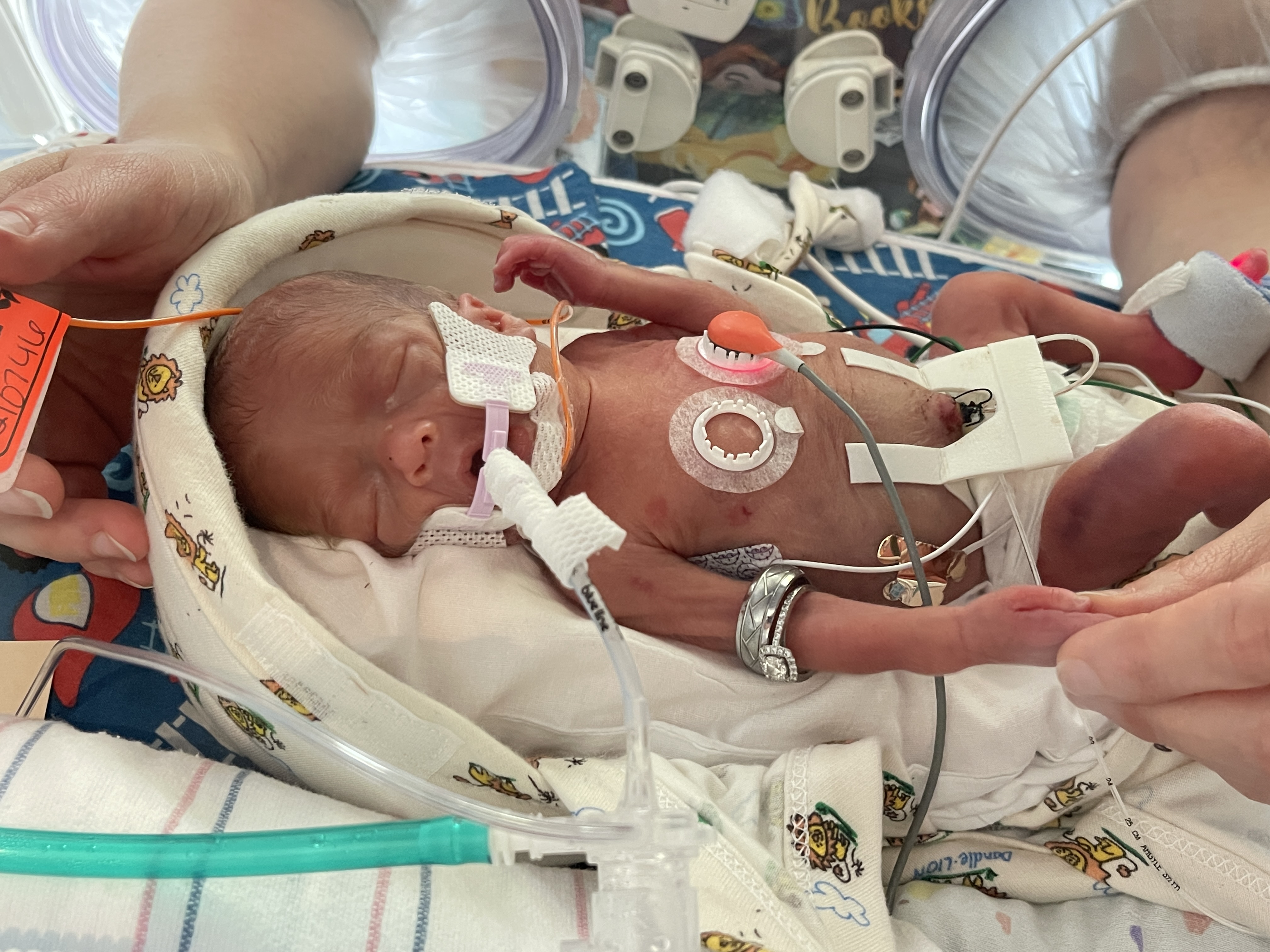We may not typically consider blood draws and heel sticks to be a large driver of patients losing blood, but the issue carries greater significance with neonatal patients, who don’t have much blood to give in the first place.
One study found that 30% of the circulating blood volume of neonates was drawn for lab work each week in their first six weeks of life1.
The significance of this blood loss in the NICU cannot be understated. As another study noted, “to further place this in perspective, 6–7 mL of blood drawn from an infant weighing 1 kg is equivalent to a 450 mL blood loss in an adult.”2 450 ml is roughly one pint.
Reducing Your Blood Draws
The first step toward blood draw reduction is taking a hard look at your current practice to get and understanding where simple process change might help you perform one less blood draw per day or per shift. And if you can get your hands on the data, understanding your current transfusion rates or blood usage can help you see a full picture of patient impact. Here are some questions to think about:
- How many blood draws are you doing each day on your ventilated patients?
- How many iStat cartridges do you currently use per month or per month per occupied bed?
- Do you perform draws after every vent change?
- Do you perform blood draws at shift change?
- Is it possible that reducing your draws could also impact your transfusion rates?
These are just some of the considerations that care teams should take into account if their goal is to reduce the frequency of blood draws in their practice.
Ultimately, they all serve to find the answer to the same question:
What is your goal blood gas frequency?
In a study by Mukhopadhyay et. al. (2015), The Children’s Hospital of Philadelphia saw a 25% reduction in blood gases for ventilated patients, but Penn State Health documented a much greater change in their recent publication in RT magazine, saying:
“Blood gases that were previously performed every 4 hours were reduced to every 12 hours once a stable trend was achieved for tcPCO2. Blood gases now are obtained once a day, to once or twice per week, or not done at all in the absence of a clinical concern or discrepant tcPCO2 value or trend.”3
Regardless of the exact frequency you are aiming for, most significant reductions will require building trust in your continuous readings through documentation and recognition of good correlation.
You can read the full whitepaper from the Penn State Health team at the link below.
How The Penn State Level 4 NICU Implemented Transcutaneous Monitoring
Citations
1.Widness A. 2008. Neoreviews, doi:10.1542/neo.9-11-e520
2.Carroll P., et al. 2012. Semin Perinatol. doi:10.1053/j.semperi.2012.04.003
3. Mukhopadhyay S., et al. Respiratory Care. doi:10.4187/respcare.04212.





